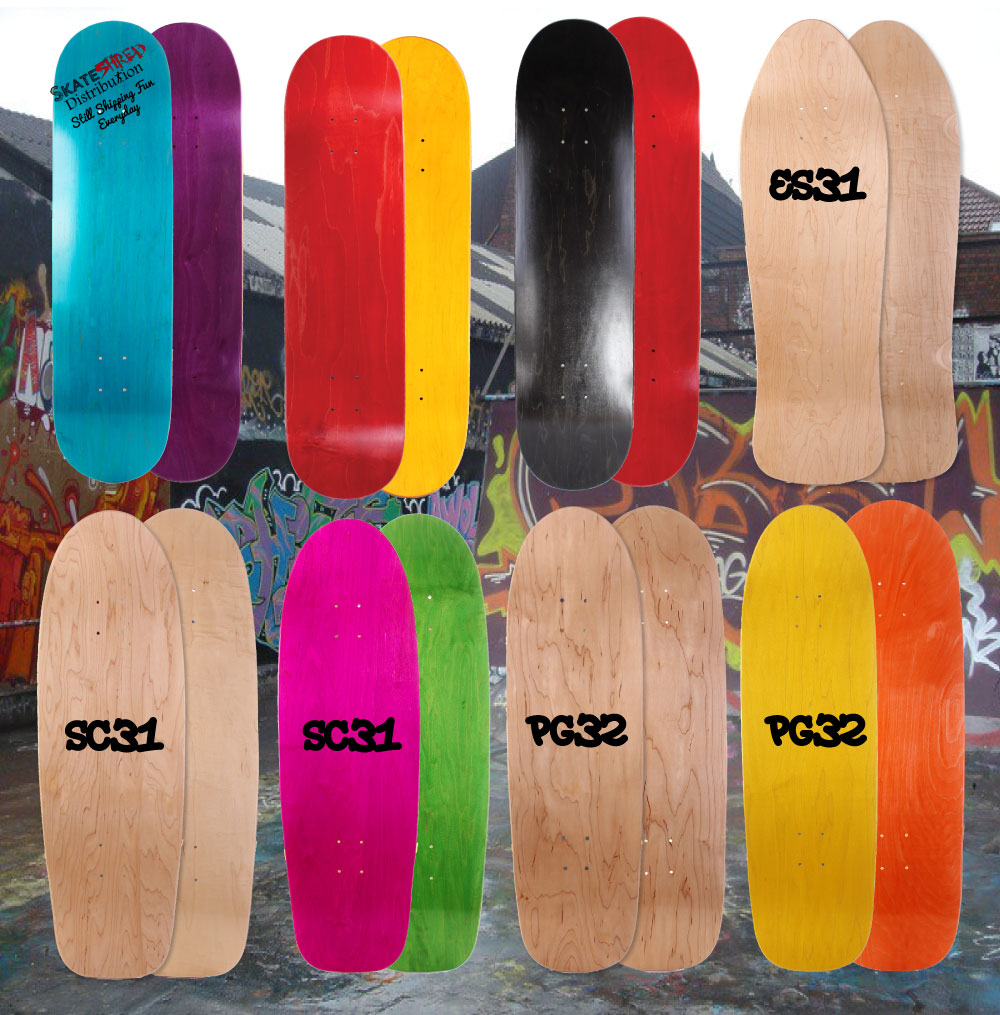Skateboarding and longboard skateboarding have a wide variety of shapes and styles
 Skateboarding and longboard skateboarding have a wide variety of shapes and styles because different shapes and styles are designed for different purposes and preferences of riders. Here are some examples:
Skateboarding and longboard skateboarding have a wide variety of shapes and styles because different shapes and styles are designed for different purposes and preferences of riders. Here are some examples:
-
Deck shape: The shape of the skateboard deck determines how the board feels and performs. For example, a wider deck with a longer wheelbase is more stable, while a narrower deck with a shorter wheelbase is more nimble and maneuverable. A concave shape can provide more control, while a flat shape is better for cruising.
-
Deck length: The length of the skateboard deck also affects its performance. Longer boards are better for cruising and carving, while shorter boards are better for tricks and street skating.
-
Truck width: The width of the skateboard truck should match the width of the deck. Wider trucks are more stable, while narrower trucks are more responsive.
-
Wheel size: The size of the skateboard wheel affects its speed and grip. Larger wheels roll faster and smoother over rough surfaces, while smaller wheels are better for tricks and flips.
-
Wheel hardness: The hardness of the skateboard wheel affects its grip and slide. Softer wheels provide more grip and a smoother ride, while harder wheels are better for sliding and tricks.
-
Board shape: Longboard skateboards come in different shapes for different riding styles. For example, pintail longboards are better for cruising and carving, while drop-through longboards are better for downhill racing and sliding.
In summary, the variety of shapes and styles in skateboarding and longboard skateboarding serve to optimize the board's performance for different types of riding, terrains, and rider preferences.
